Scott & Ryland Architects

Scott & Ryland Architects have three areas of specialisation: Residential, Heritage and Early Learning Environments. These three areas of focus have evolved over the last 15 years of practice. Our firm is skilled in providing cost effective design, functional layouts and beautiful environments for both children and for adults. Our design focus is on providing a feeling of spaciousness, natural light and a sensitivity to context. We are experienced in resolving the many issues of Council and code compliance, Heritage Conservation and Sustainable design and we are dedicated to providing a high quality of service to our clients. Please refer to our website for more detail.
Driving directions to Scott & Ryland Architects on map
Scott & Ryland Architects on Google Maps
Projects:
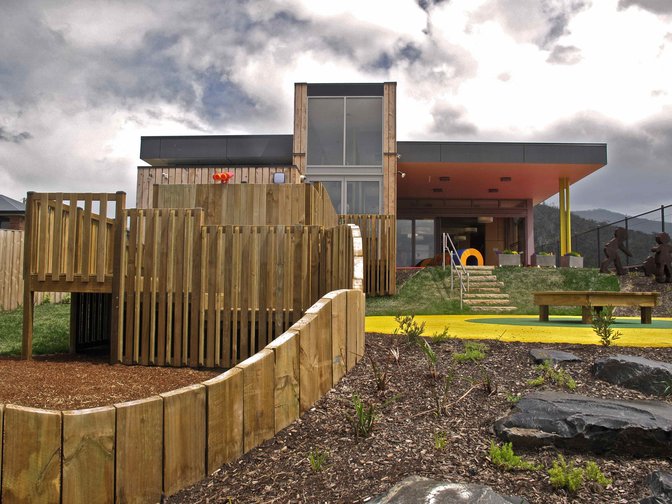
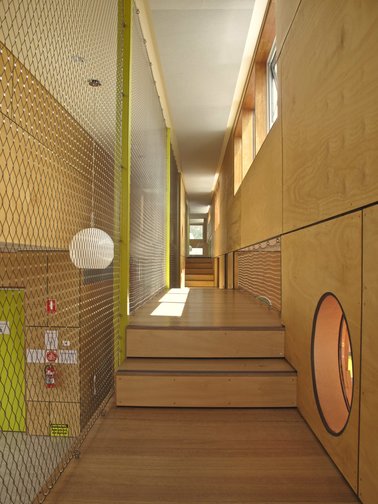
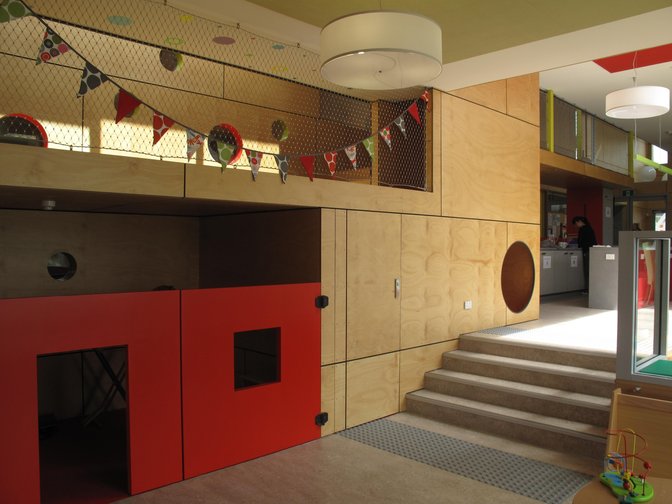
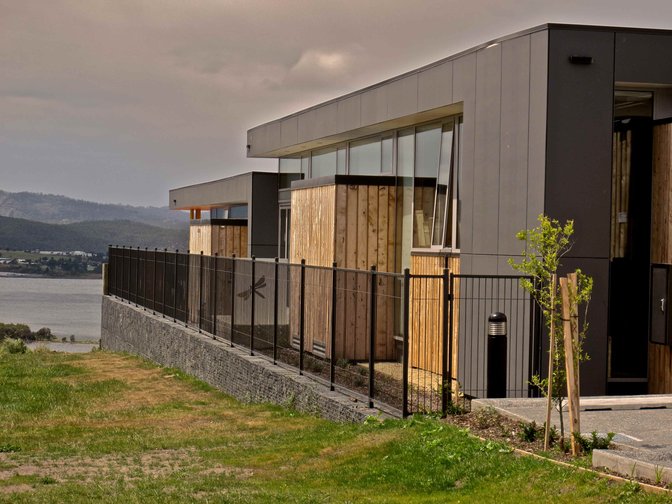
Chigwell Child and Family Centre
Hobart, Tasmania, 2012
Designed by Scott and Ryland, in collaboration with Morrison Breytenbach Architects and winner CEFPI 2013 Australasian Award for New Construction: Major Facility. The Chigwell centre is building as an interactive play structure. It is a community hub intended to be used by both parents and children together, combined with facilities for health support and outreach services. The open plan layout steps with the landscape , opening up to the views and natural landscape at each level. A design feature is the “playspine” that runs through the linear centre of the building as a series of bridges and climbing frames within the buildings structure, this allows for childrens movement throughout the building in a free and creative manner. The building utilises recycled timber in the cladding and structure, solar inslab heating & massing Client: Tasmanian Department of Education
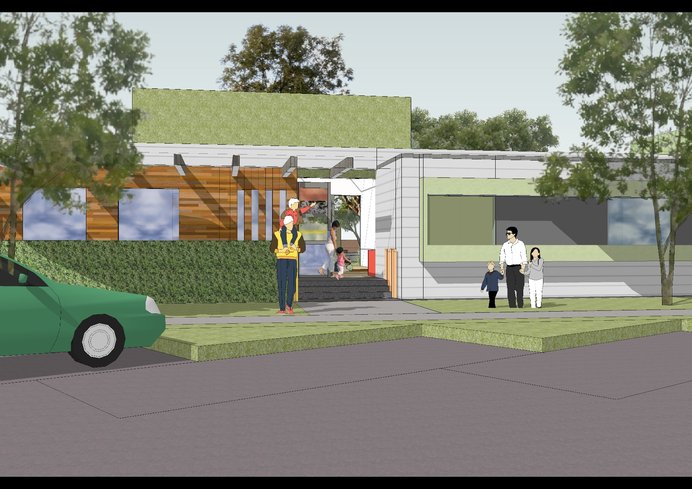
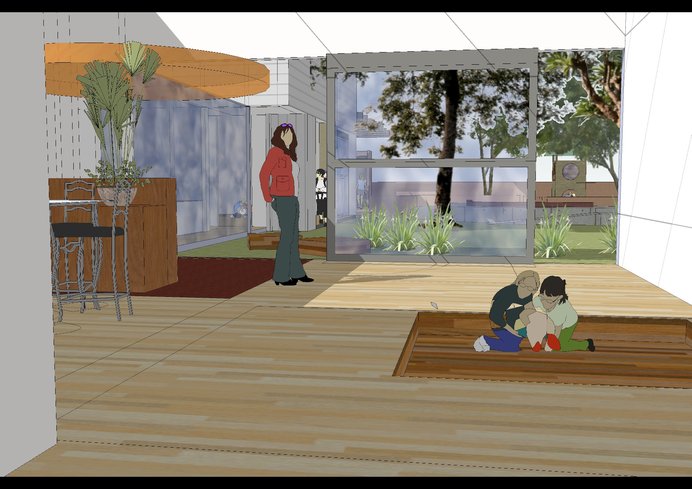
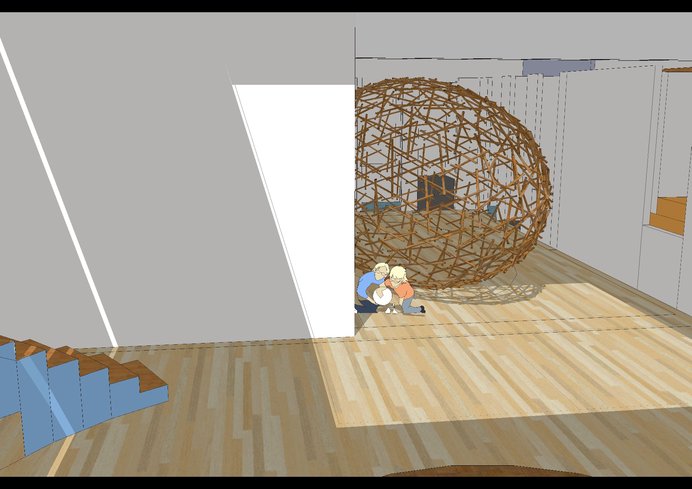
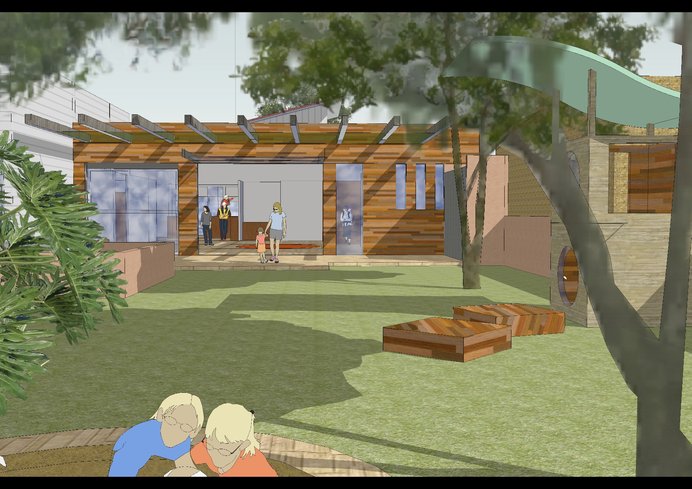
Inverell Children’s Services
Inverell, NSW, 2015
The Inverell Children’s Centre incorporates on one site facilities for a 3 room preschool, a family daycare hub, an afterschool care centre, toy library, community outreach services, training and community rooms and administration. It is a contemporary expression of the new role of children’s facilities as a focus of it’s community and a place specifically for children. The design takes the Reggio Emilia concept of each play activity having it’s own designated area to it’s architectural conclusion as a progression through a hierarchy of articulated geometrical spaces, each defined by the activity within and expressed by materials, colours & scale. Thus the Communal ‘Piazza’ is grand, large & full of light and movement with bridges, steps & slides The playrooms that adjoin the piazza are a series of smaller interconnected cubbies including an art zone, reading alcove, sleeping and movement cubby, construction room & a central flexible space. Colour, light, texture, scale & material are used to reflect each rooms separate function.The simple 4 x 4 grid, open plan layout with views throughout unifies the whole.






